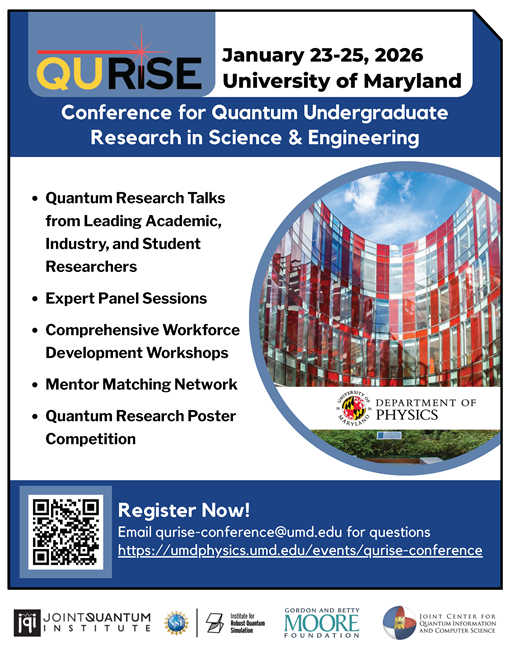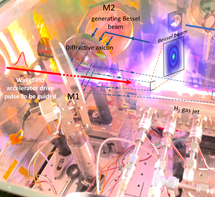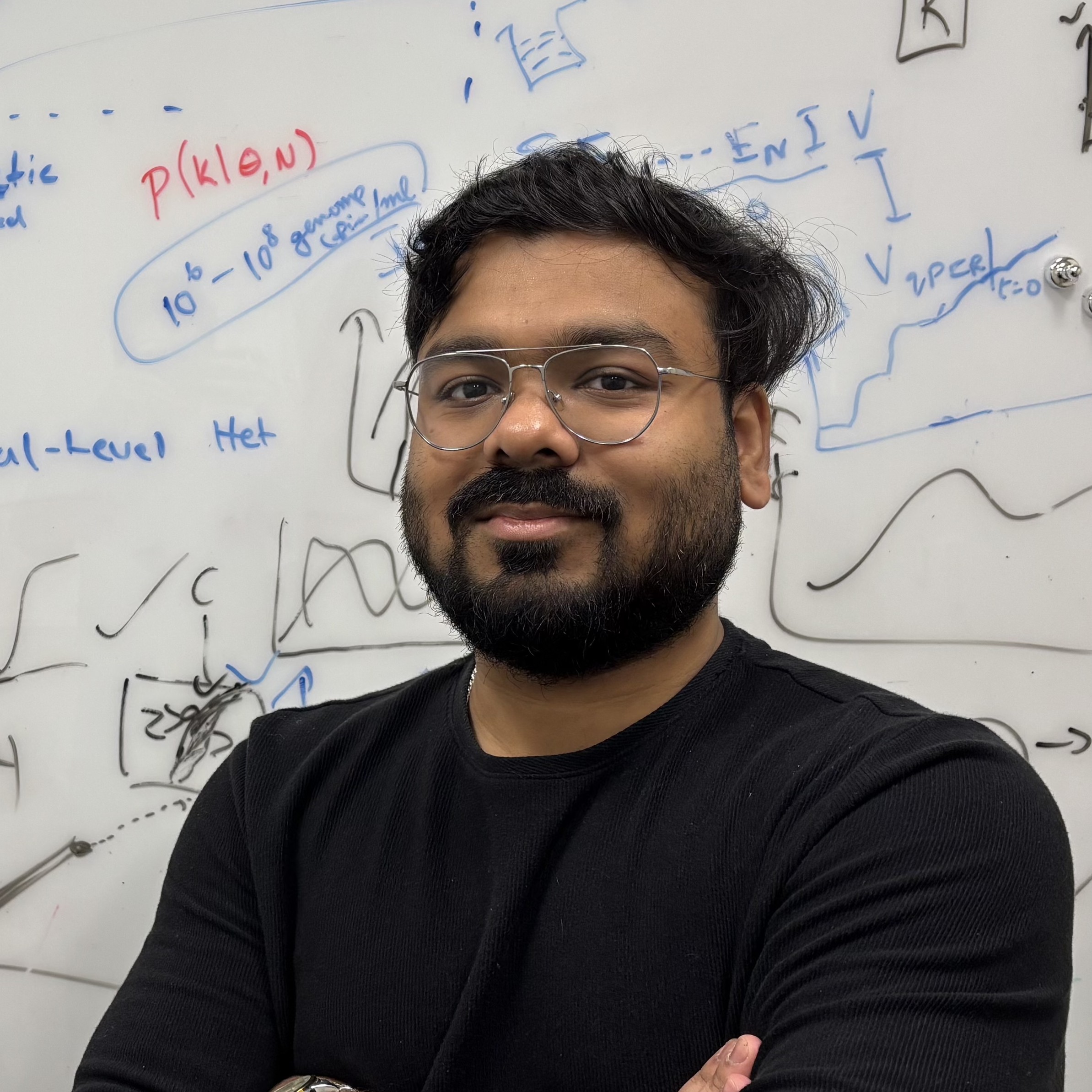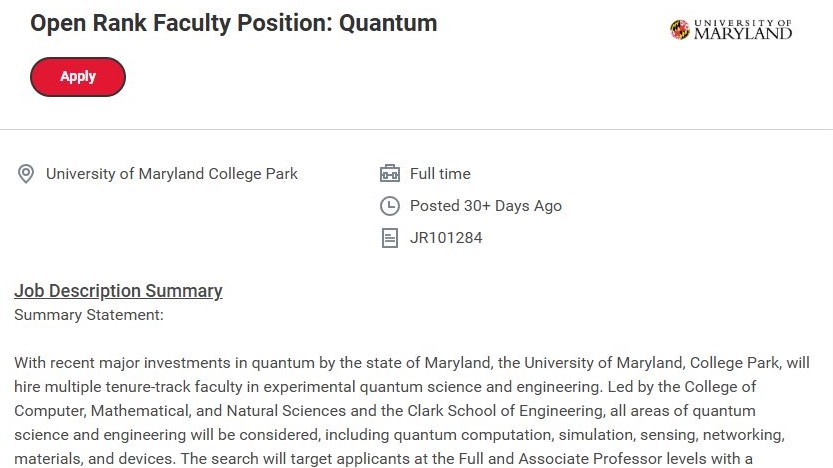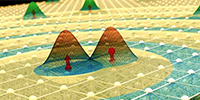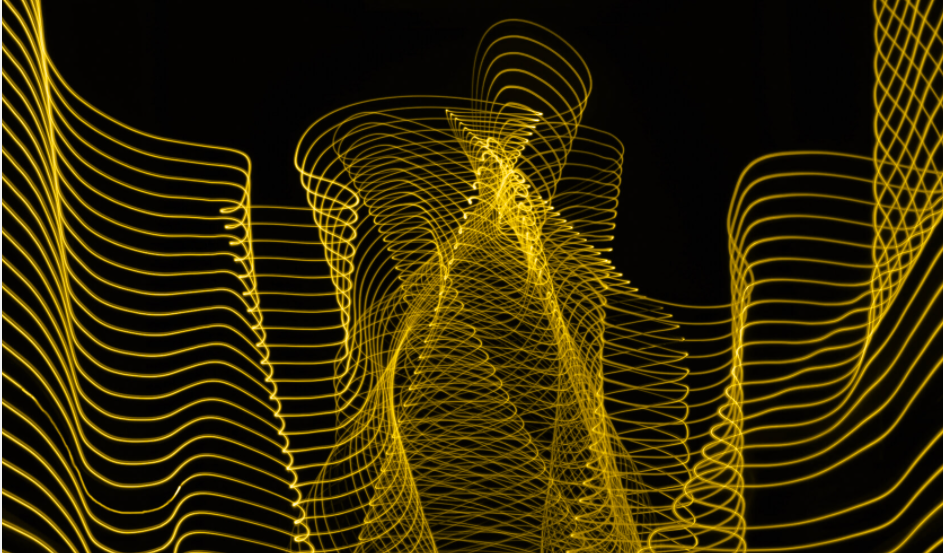November 03, 2009
In general relativity, spacetime is a dynamic and elastic entity both influencing and influenced by the distribution of mass and energy that it contains. Solving the two-body problem in general relativity is therefore much more challenging than in Newtonian gravity. Recent developments at the interface between analytical and numerical relativity have deepened our understanding of the two-body problem in general relativity, revealing an intriguing simplicity. I will review those advances, focusing on the most dynamical and non-linear phase of the coalescence of binary black holes -- that is, when the two black holes end their long inspiral with a plunge, merge with each other, and leave behind a “ringing” black hole. I will also discuss the implications of the advances for the search for gravitational waves -- especially with respect to building analytical templates of black hole coalescences, and, in astrophysics, to calculating the distribution of recoil velocities.
-------------------------------------------------------------------------------------------------------------------------------------------------------------------------------------------------
Colloquia are held Tuesdays in Room 1410 at 4:00 pm (preceded by light refreshments at 3:30). If you have additional questions, please call 301-405-5946.







